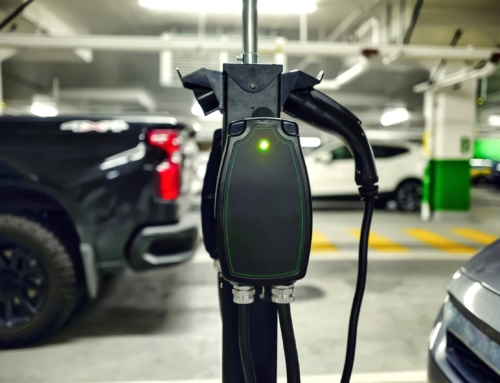For some potential homeowners, renting a home for a time before buying is an attractive option. It allows time to save money or otherwise get financially prepared before buying a home, and it also offers a way to get to know the property before committing to it. Regardless of your situation, a rent-to-own model could put you on the path to homeownership.
For credit-challenged former homeowners, a rent-to-own agreement (also known as a lease-purchase) allows them time to save up the required down payment, establish a longer job history, and deal with whatever is making it difficult to obtain a mortgage. For first-time buyers, the model gives them a taste of what it’s like to own a home without having to come up with a down payment or commit to a mortgage.
The rent-to-own model became popular in the early-1980s. Interest rates were so high that buyers wanted to lock in a price but delay the actual purchase until interest rates were more favorable. It remains a popular alternative for would-be homeowners who can’t qualify for a mortgage under today’s strict lending criteria.
How a rent-to-own agreement works
A rent-to-own agreement prohibits the owner from selling the property to anyone else within a specified time frame—typically one to three years. The purchase price is generally locked in up front, so even if the housing market changes significantly by the time of the sale, the price remains the same.
The agreement also spells out the responsibilities of the tenant and the landlord, such as who will pay property taxes, insurance, and homeowners association (HOA) fees during the lease period and who will pay for utilities, maintenance, and repairs. Typically in a rent-to-own situation, the landlord will make the tenant responsible for repairs up to a certain dollar amount, but terms vary.
The rent amount is also included in the agreement. In a rent-to-own scenario, the tenant typically pays a higher rent than he or she might for a comparable standard rental property, with the excess rent (sometimes referred to as an option payment) going toward the purchase price. For example, if the rent is $1,200 a month, the base rent might be $900, with extra rent of $300. At the end of a two-year lease period, the renter will have accumulated $7,200 ($300 x 24 months) toward the purchase price.
If the tenant decides not to buy the home during the lease period, or if he or she doesn’t qualify for a mortgage, the tenant may forfeit the extra payments, which can be thousands of dollars. Some landlords require that their prospective owners take homeownership education classes if they have credit challenges.
All of the terms of the agreement should be spelled out in the contract that both the renter and the landlord sign. Before you enter into one of these agreements, it could be a good idea to have an attorney review it.
So is a rent-to-own agreement a good idea for you?
A lease-purchase may be right for you if
- you have difficulty qualifying for a mortgage now but won’t in a year or two;
- you are having difficulty saving for a down payment;
- you believe interest rates will fall or home prices will rise over the next year or two and you would like to lock in a price now;
- the owner will agree to refund all or part of your option payment; or
- you like the home and would like to live in it for years.
A lease-purchase may not be for you if
- there is a reasonable chance you will not want to go through with the purchase, you might lose your job, or you won’t be able to improve your creditworthiness in time to buy the house;
- you don’t really like the house or the neighborhood;
- you think you might need a larger house in two or three years, or there is a chance you will have to move in the near future;
- you can only afford to buy the house with two incomes and you are having serious marital problems; or
- you think home values will decline so much in the next few years that the locked-in price you are considering is too high.
While there are advantages to a rent-to-own agreement, there are potential pitfalls, too. The homeowner could refuse to sell to you at the end of the agreement, or there could be title issues with the property. You may also be unable to qualify for a mortgage when it comes time to exercise your option to purchase the property, and that could mean forfeiting your option payments.
Do your research before you commit to a rent-to-own deal, and be sure it’s what you want. Once you make a commitment, you may find that getting out of it is an expensive proposition. Before you sign a rent-to-own agreement, you may want to consult with an attorney to ensure you’re comfortable with the contract you’re signing. This type of agreement can be a great way to achieve your dream of homeownership, but it isn’t a proposition to be taken lightly.
Steve Cook is editor of Real Estate Economy Watch and covers real estate and mortgage finance for leading news sites. He is a member of the board of the National Association of Real Estate Editors. Twice he was named one of the 100 most influential people in real estate. Cook was vice president for public affairs for the National Association of Realtors.
[amazon_link asins=’B00I5LJAPW,B00L366RKM,B002A9JQSG,B005HJASRO’ template=’ProductCarousel’ store=’thinkglink-20′ marketplace=’US’ link_id=’f0d3b61a-d9f9-11e7-af2e-6b80a91e0a66′]






